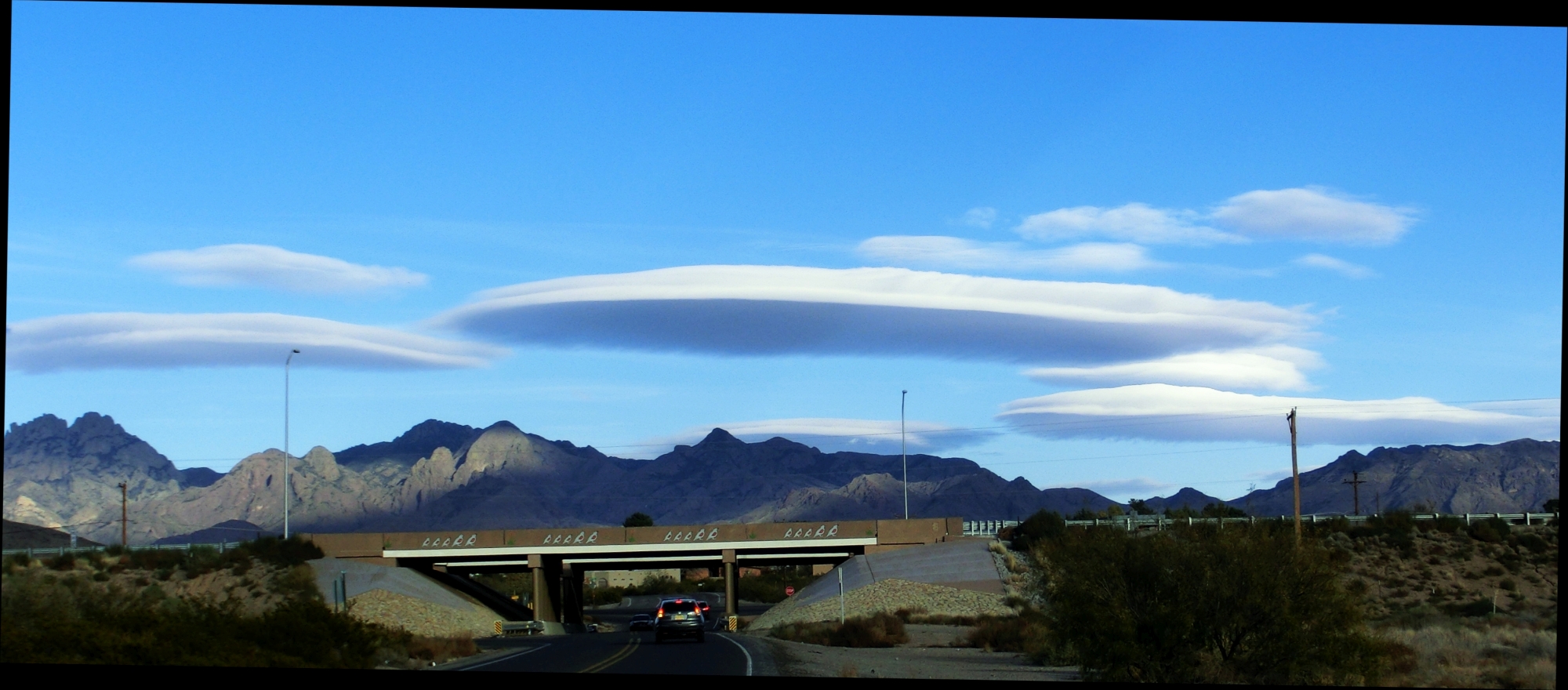We need a big distance scale to do this, and a good one is the diameter of the earth. How have we come to know this distance, the diameter? The first accurate estimate may be said to be one developed by the Greek mathematician Eratosthenes of Cyrene over 2,200 years ago. He was sure that the earth was round. He was also sure that the sun was very far away, so that its rays came in almost exactly the same direction to every spot on earth. He then considered how the shadow of a vertical stick would have different angles at different locations on earth. He could calculate the angle from the height of the stick and the length of the shadow. His next, critical insight was knowing that this shadow angle was zero (the sun was directly overhead) at modern Aswan in Egypt on the date of the summer solstice. On the same day he measured to angle at his hometown of Alexandria, 950 km (about 500 miles) farther north. Now he knew the angle between the vertical at those two locations, which turned out to be almost exactly 1/50 of the 360 degrees in a circle. So, the circumference of the earth would be 50 times the distance between the cities, or very nearly 40,000 km (25,000 miles). That makes the diameter of the earth 1/π times this, or about 12,800 km (8,000 miles). This translation into units we use today assumes that he used as his length unit the Egyptian stadion, not the Greek stadion.
In any event, this surprisingly accurate measurement stood for a long time. The report of his method was then corrupted in copying and the distance unit was misinterpreted by Columbus, who thought the circumference of the earth was less than 2/3 the true value. His estimates would have put Asia close to where America really is. Thus, Columbus stumbled on the outlying islands of America by luck, and he never really admitted that he hadn’t reached some novel part of Asia.
Back to the distance to the sun. If we look at a celestial object – say, a planet – from sites far apart on the earth, we see it appear against different elements of the background formed by the distant stars. That is, the planet appears to be at slightly different angles relative to the stars at the two locations. To appreciate this phenomenon of parallax, we can hold up a finger at arms length and view it with one eye closed and then the other. We see the finger against different elements on a distant wall. Our head plays the role of the earth, with our two eyes at different locations on it. Back to the planet: we know the distance between our observing locations on earth, because we know the diameter of the earth and how many degrees apart these locations are on earth. The distance to the planet is this separation on earth, divided by the amount of parallax, if we express this parallax angle in radians (360 degrees divided by π , or about 57.3 degrees). As an example, consider a point in time when Mars is 100 million km from us. If we view it from two places on earth that are 10,000 km apart (along the line perpendicular to the direction of Mars), the parallax angle will be 10,000/100,000,000 radians. This is 0.0058 degrees – about 1/100th of the angle subtended by the moon from earth. This is a small angle, but readily measured with good telescopes.
We can’t readily view the sun against the distant stars, since it blocks out the stars with its brightness, to some wide angle around its own disk. Instead, we first measure the distance from earth to a planet. The astronomer Cassini measured the distance to Mars using parallax in 1672. The next step is to calculate the ratio (distance to sun) / (distance to planet). We can do this by using geometry. We measure the angle between the sun and a planet (an inner one, say, Venus) when the planet has reached its farthest angle away from the sun. For a planet is a very nearly circular orbit, we then have the earth, Venus, and the sun in a right triangle. The side of the triangle from earth to sun is the hypotenuse, and the other two sides (earth-Venus and Venus-sun) meet at a right angle. The earth-sun distance is then the distance to Venus, divided by the cosine of the angle between Venus and the sun.
Modern methods of measuring the distance to planets use radar beams reflected from the planet. We measure the time for the signal to bounce back. This time is twice the distance to the planet, divided by the speed of light. Radar waves move at the same speed, and we know the speed of light with exquisite accuracy; in fact, we now define the speed of light exactly in meters, and the uncertainty is in the meter, at about 25 parts per trillion. Over 100 million km, this uncertainty corresponds to only 2.5 m. The total uncertainty is somewhat larger than this, but still remarkably small.
Vince Gutschick Las Cruces Academy 2009
